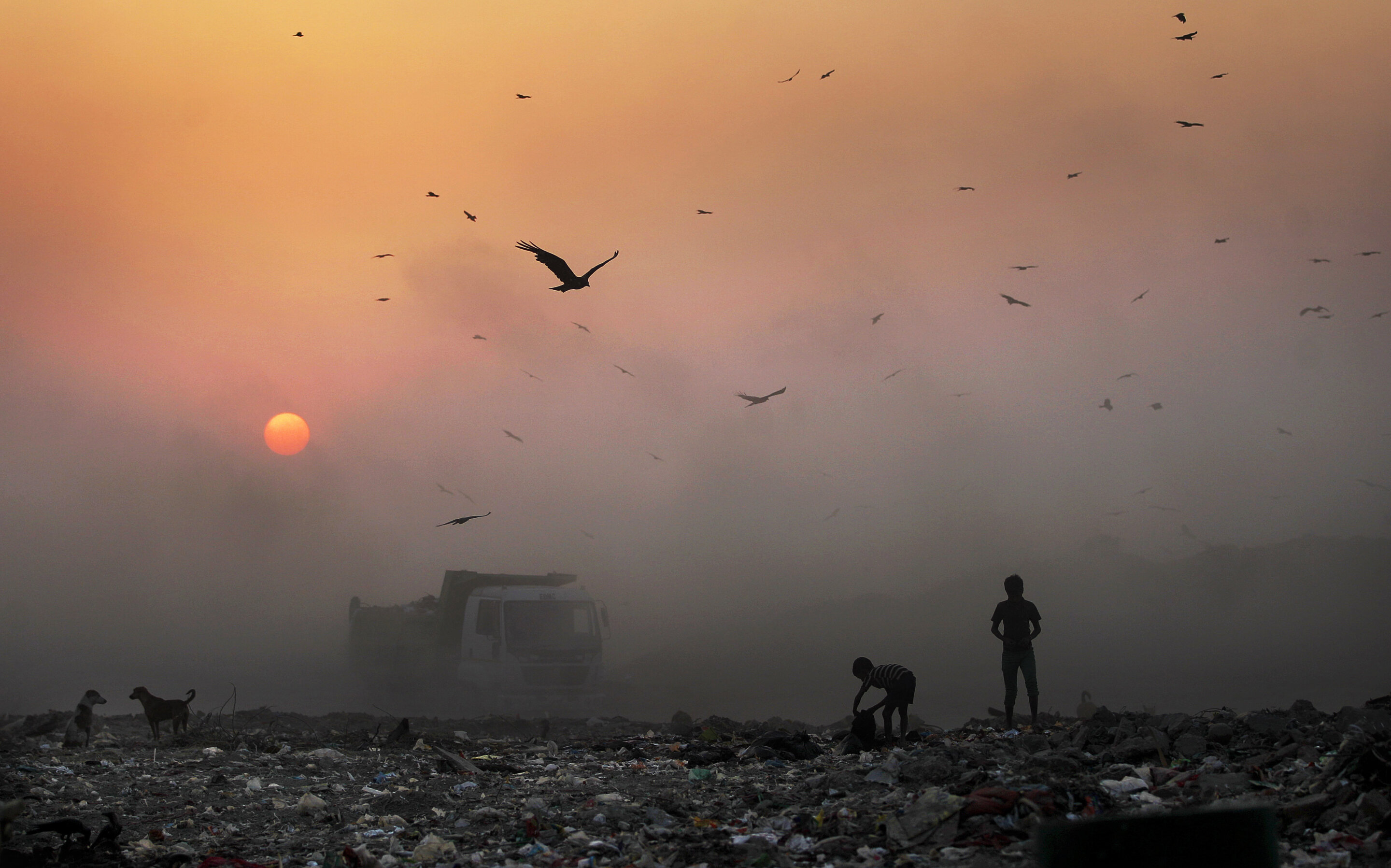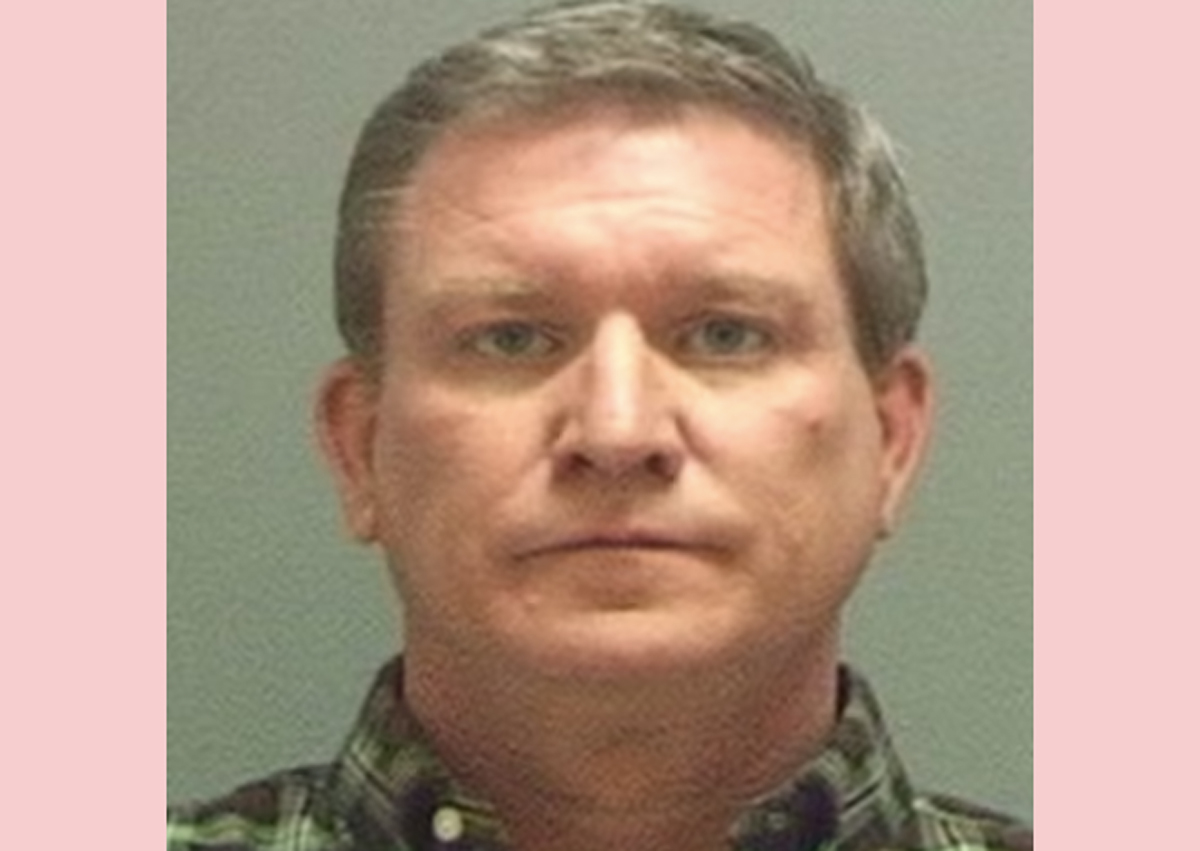#Brown Danube: How Belgrade’s sewers taint Europe’s famous river
“#Brown Danube: How Belgrade’s sewers taint Europe’s famous river”
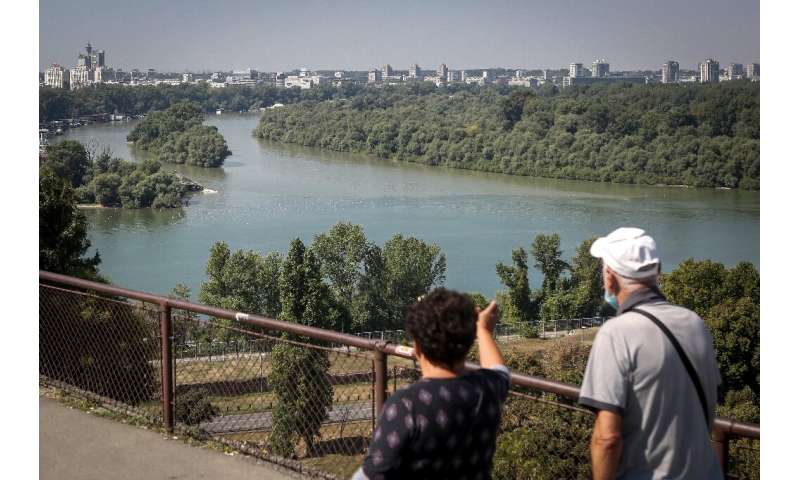
Just down the road from Belgrade’s historic city centre, gates open for trucks to pass to the banks of the Danube, where they dump raw sewage into Europe’s venerated river.
It’s not a secret operation, but rather a business nobody likes to mention in the Serbian capital—the only one in Europe to spew all of its unfiltered wastewater into the continent’s second-longest river.
A heavy odour rises as the brown stream of faeces flows into the waterway, a far cry from the colours that inspired Johann Strauss to write his famous waltz “On the Beautiful Blue Danube”.
For fishermen who live off the fruits of the Danube and the Sava rivers that join in a beautiful, broad confluence around Belgrade’s old fortress, this daily practice is “disastrous”.
“I want to cry, and nobody cares,” Dragoljub Ristic, a 59-year-old fisherman told AFP.
Around a third of Belgrade, a city of 1.6 million, has no connection to drainage systems and instead relies on the septic tanks that the trucks empty straight into the rivers.
The rest shunt their unprocessed waste into the river through around 100 sewage drains.
Roughly 190 million cubic meters of wastewater—or 60,000 Olympic-sized swimming pools—are poured into the rivers annually, according to estimates made by infrastructure minister Zorana Mihajlovic.
“No big city in Europe commits such a crime towards its rivers,” claims Belgrade Deputy Mayor Goran Vesic, who has called for a proper wastewater treatment system.
The Danube begins in Germany and snakes through nine other countries over 2,850 kilometres (1770 miles) before draining into the Black Sea.
A group of Austrian scientists in 2019 noted a “critical” presence of E. coli bacteria in Serbia’s strip of the river, which local experts say is a sign of the high levels of organic pollution.
If consumed, the bacteria can cause infections, said Igor Jezdimirovic, from the local NGO Environment Engineering.
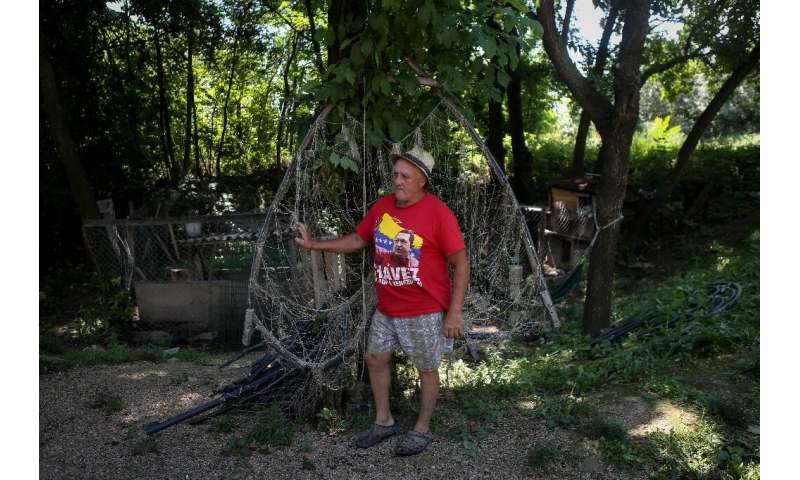
Riverbed build-up
Thanks to its sheer size and power, the Danube mostly manages to “cleanse itself”, said Bozo Dalmacija, a chemistry professor leading a water quality research team in Serbia.
For most of the year bacterial particles stay below 500 micrograms per millilitre, the level at which they pose a health hazard, he told AFP.
Those who spend their lives on the river say they have already seen it change, with a build up of waste shallowing out the riverbed.
While scientific studies are hard to come by, fishermen say the sewage has altered the variety of fish that end up in their nets.
Whitefish are harder to find whereas bottom feeders like catfish, which eat the waste, are more abundant.
“We have killed all our rivers, we will kill this one too,” lamented Mladen Jovic, a 59-year-old fisherman.
“The Danube is a very strong and powerful river that manages (the pollution), but it can’t do it forever,” he added.
Promises to purify
Serbia is an EU candidate country which hopes to join the bloc by 2025.
Its environmental record is a major obstacle, with the country needing a five billion euro investment to build the necessary eco-friendly infrastructure.
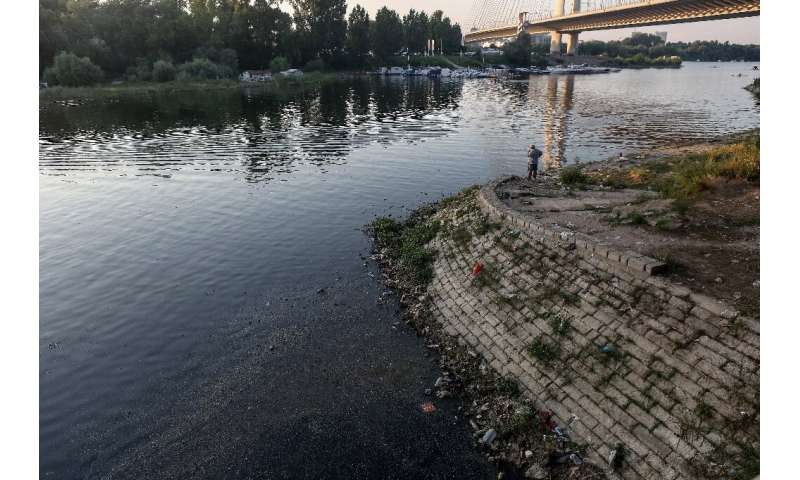
The country has already stated it will not be able to meet the demands, proposing an 11-year transition period after it joins the bloc.
“It can’t be done in five years. We are already late,” Dalmacija told AFP.
In late July, President Aleksandar Vucic announced that 70 municipalities around the country will get “water purifying plants and sewage systems”.
But there has been no news since, with the Ministry of Environmental Protection refusing to comment on the matter or clarify who would finance such a project.
“We can’t do that with our current budget,” said Dalmacija. “Maybe he (Vucic) has other information.”
It wasn’t the first such announcement. Belgrade’s deputy mayor pledged five years ago that a sewage system for the capital would be finished by 2020—a deadline that has since been extended twice, to 2025 and recently to 2029.
In January, Belgrade authorities signed an agreement with the China Machinery Engineering Corporation (CMEC)to start work on a wastewater treatment plant for the city, but construction hasn’t started as Serbia is yet to allocate money in the budget.
Jezdimirovic, from the environmental NGO, is waiting to see real results.
“As the old Latins used to say—deeds, not words.”
© 2020 AFP
Brown Danube: How Belgrade’s sewers taint Europe’s famous river (2020, September 16)
retrieved 16 September 2020
from https://phys.org/news/2020-09-brown-danube-belgrade-sewers-taint.html
This document is subject to copyright. Apart from any fair dealing for the purpose of private study or research, no
part may be reproduced without the written permission. The content is provided for information purposes only.
if you want to watch Movies or Tv Shows go to Dizi.BuradaBiliyorum.Com for forums sites go to Forum.BuradaBiliyorum.Com
If you want to read more Like this articles, you can visit our Science category.



